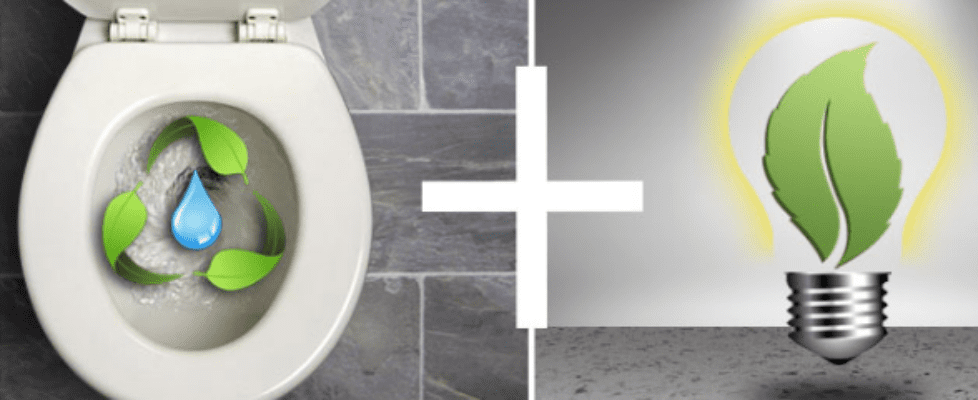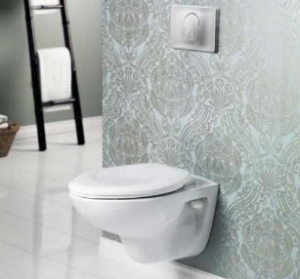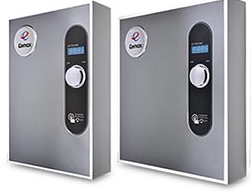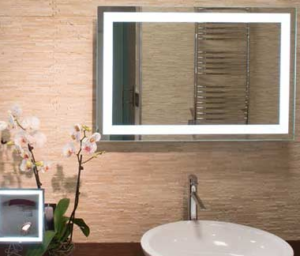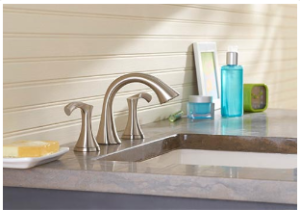Coming Up with a Energy and Water Efficient Bathroom
Putting up a new bathroom or remodeling an old own can be an exciting and a challenging task. When doing this, there are things to consider among them is the drainage. Therefore, things like water or energy efficiency usually fall on the edge. Fortunately it is not hard to create a water efficient bathroom; all thanks to the popular certifications plus various regulations. Nevertheless, it helps a lot if you have some familiarity with the options available or even better to have a plan. In case of a remodel, check for leaks in the bathroom plus its fixtures before starting anything, thus figuring out which fixtures to repair or replace.
Creating a Energy and Water Efficient Bathroom
Toilets
Any water efficiency bathroom needs to start with the toilet. This is because; the toilet uses over a quarter of indoor water use. Older houses of before 1994 have toilets that uses 3.5 gallons of water or even more per flush; while the newer toilets uses 1.6 gpf or less per flush. It’s clear there is a considerable amount of water saving in the new toilets.
Some toilet models go to the extent of providing two separate flush options that is; liquid and solid waste (0.8-1.1gpf and 1.6gpf respectively.) If your toilet is of 1.6gpf or lower gpf model, ensure that it’s working at its maximum efficiency. This is done by doing a quick toilet checkup and replacing parts that are leaking.
Shower heads
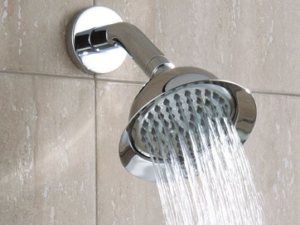
Water heating
This is the biggest bathroom energy user, it accounts for up to 30% of a home energy use. With a standard tank heater 10-20% of the energy is lost to the environment as it sits there. This leads to a cycle of heating the water again. The water temperature can be to save energy, but remember that below 140 degrees bacteria can reproduce for instance the legionella.
If you are looking for a new water heater, you should consider going tankless. This heats water only when there is a demand hence, eliminating standby heat loss as a result cutting down the energy use. If you wish to save more energy, then a solar heater is put into consideration, it preheats the water going into a heater whether it’s tankless or a standard tank.
Recirculating pump system is a more advanced option for energy and water savings. This setup reduces the time it takes for hot water to reach your fixtures. Therefore, less water wastage as one does not need to let water run before getting in.
Lighting
Most bathrooms are given more light than what one really needs, which makes them unpleasantly bright. In case you have multi-bulb vanity or fixtures, take a few bulbs out and see if you can get by without them. Timers are a good way of saving lighting energy; this is so with children or forgetful adults. Some timers operate using a touch less sensor; it turns on the light when someone enters the bathroom and turning off when no activity is detected.
A lighted mirror is more appropriate for make-up or shaving; ensuring that you look your best and saves energy. Dimmers also help to save energy, the baths and toilet visits lights are dimmed when bright light is not required.
Faucets
With the addition of aerators faucets are the cheapest and easiest to make them water efficient. With the addition of air into the faucets water stream, it leads to a steady plus stable flow which feels like there is more water than there really is. Such devices can use less than one gallon per minute, which saves a lot of water. Small drips from the faucets can lead to hundreds of gallon being lost in a year thus any repair required should be made.
Insulating hot water pipes is one of the ways that you can save on energy. Wrapping the pipes with foam will enable the water in the pipes to retain its heat for a bit longer. Water can also be saved by recycling grey-water; the uncontaminated but used water goes down the sink, washing machine and showers. The grey-water can be used to water landscape plants, flush toilets and to water lawns. Check with your local authority before recycling grey-water.

